In that process, there was a severe test and a historical choice about the mission of political organizations for the nation in the new era.
On November 11, 1924, Comrade Nguyen Ai Quoc arrived in Guangzhou (China). Guangzhou - the birthplace, the capital of Guangdong, a coastal province of China, a convenient water and land transportation hub, with a developed trade. Since 1923, Guangzhou became the capital of the Sun Yat-sen Government, where many Vietnamese and international revolutionaries often came to work.
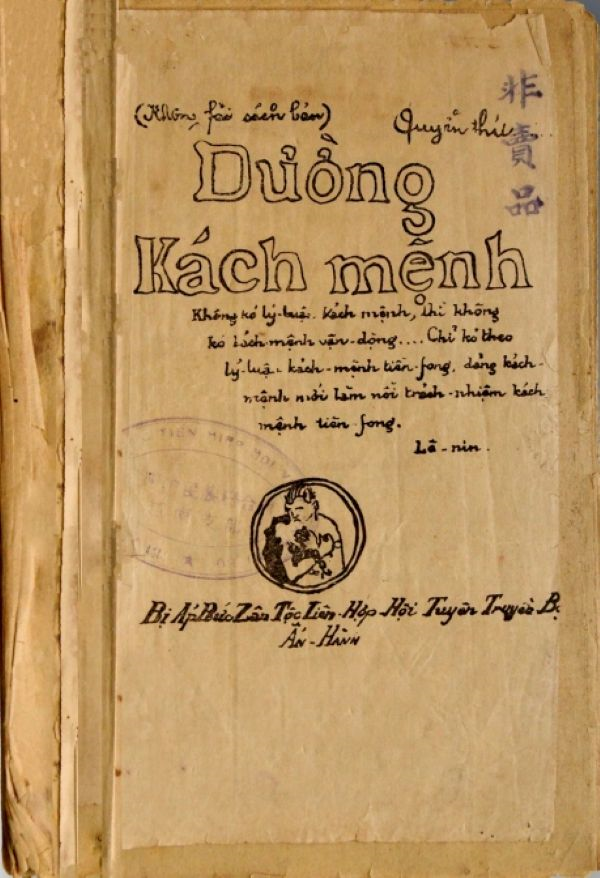 |
The book “The Revolutionary Path” is a collection of lectures given by Nguyen Ai Quoc during the years 1925-1927 at training classes for cadres for the Vietnamese revolution in Guangzhou, China. Photo courtesy |
After arriving in Guangzhou, Comrade Nguyen Ai Quoc opened a training class to train cadres. Most of the students were patriotic Vietnamese youth, students, and intellectuals. They learned to make revolution, learned how to operate secretly. Most of those students, after “finishing their studies, secretly returned to the country to spread the theory of national liberation and organize the people”[1]. The rest were sent to study at the Oriental University in Moscow (Soviet Union) or the Whampoa Military School (China).
In February 1925, comrade Nguyen Ai Quoc selected and enlightened a number of active youths in the organization, including: . Leader Nguyen Ai Quoc established a revolutionary organization with a broader mass nature, the Vietnam Revolutionary Youth Association.
In June 1925, Nguyen Ai Quoc founded the , which is the revolutionary vanguard of the Vietnamese people. In order to ""[2]. The highest leadership body of the Association is the General Department, including . The headquarters of the General Department is located in Guangzhou.
On June 21, 1925, the weekly newspaper, the central organ of the General Department of the Vietnam Revolutionary Youth Association founded by Nguyen Ai Quoc, published its first issue. This was the first revolutionary newspaper in the national language, the propaganda organ of the Vietnam Revolutionary Youth Association to educate, gather and unify the thoughts and actions of revolutionary soldiers and equip political knowledge for the cadres to mobilize the masses.
From mid-1925 to before April 1927, the Association organized many training classes at No. 13 and 13A Van Minh Street, Guangzhou, training about 75 members. The lectures of Comrade Nguyen Ai Quoc were collected and published into a book (in 1927). The newspaper and works provided revolutionary theories for national liberation for cadres of the Vietnam Revolutionary Youth Association to propagate to the working class and all classes of Vietnamese people.
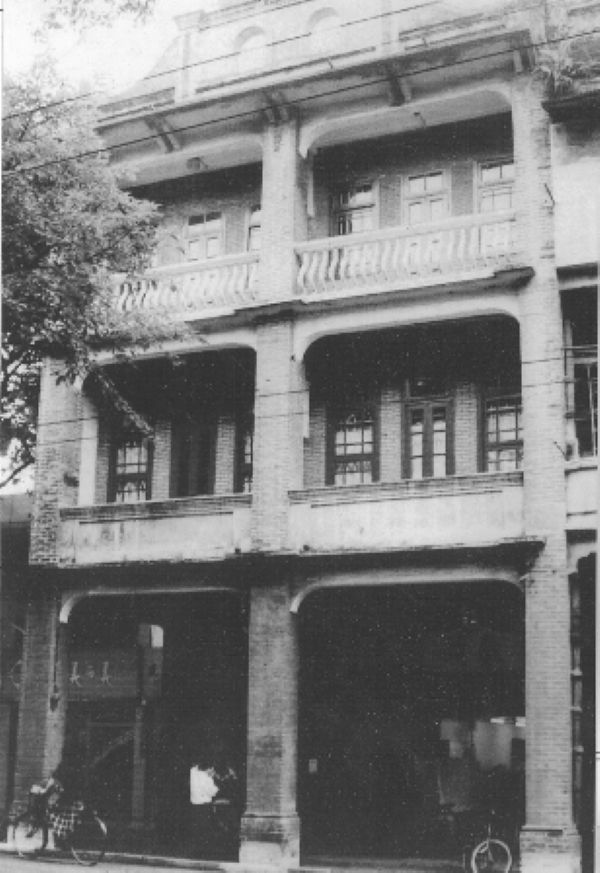 |
House No. 13/1, now No. 248-250, Van Minh Street, Guangzhou City, China, headquarters of the Vietnam Revolutionary Youth Association, where Nguyen Ai Quoc opened training classes to train cadres for the Vietnamese revolution from 1925-1927. Photo archive |
is the first political textbook of the Vietnamese revolution, in which the importance of revolutionary theory is placed in the top position as Lenin's instruction that he solemnly wrote at the beginning of the book: "". That theory must be brought to the people: " ", " "[3].
At the end of 1928, implementing the policy of "proletarianization", many cadres of the Vietnam Revolutionary Youth Association went to factories, mines, and plantations, living and working with workers to propagate revolutionary movements and raise political awareness for the working class.
On September 29, 1928, the Conference of the Northern Vietnam Revolutionary Youth Union proposed the policy of proletarianization, sending members to factories, mines, and plantations to work together with workers, thereby training and improving the working class stance, while directly propagating and organizing the masses to fight for revolution according to the proletarian stance. The workers' movement thus grew stronger and became the core of the national movement throughout the country.
Many cadres and members went to factories, mines, and plantations. Nguyen Duc Canh, Nguyen Cong Hoa, Luong Khanh Thien, Ha Ba Cang... went to Hai Phong to work as workers in a bottle factory, a cement factory, a fiber factory, and Cua Cam Power Plant; Nguyen Phong Sac went to work at Truong Thi Railway Factory (Vinh); Hoang Thi Ai went to work in Da Nang; Tran Ngoc Hai went to work at Avia Automobile Factory in Hanoi; Khuat Duy Tien, Ngo Huy Ngu, Mai Thi Vu Trang went to work at fiber factories, Nam Dinh Power Plant... Most of the large factories in concentrated industrial zones were sent by provincial departments to work as cadres and members.
The workers' struggle movement broke out in many places, such as: the strike of Mao Khe coal mine workers, Loc Ninh plantation, Ben Thuy sawmill, Hai Phong cement factory, Saigon Poóctay printing factory, Cam Tiem rubber plantation, Nha Be oil company, Nam Dinh silk factory... In 1929, workers' strikes broke out at Hai Phong bottle factory, Truong Thi train repair factory (Vinh), Avia factory (Hanoi), Saigon Sarne trading company, Hanoi tree nursery, Nam Dinh power plant, Da Nang car company, Nam Dinh textile factory dyeing workshop, Phu Rieng rubber plantation (now in Binh Phuoc province), Hai Phong oil company, printing houses in Cho Lon... Those strikes were not limited to the scope of a factory, a locality, a sector but began to be linked into a common movement. In addition to the workers' strike, there were also struggles of farmers, small traders, small owners, and students taking place in some places...
Thanks to that, the number of workers admitted increased very quickly. In 1927, the new workers accounted for 5% of the total members of the Northern Vietnam Revolutionary Youth League, but by 1929, this proportion had increased to 10%... By mid-1929, the Vietnam Revolutionary Youth League had reached the stage of completing its historical mission: Widely disseminating Marxism-Leninism and the revolutionary theses of comrade Nguyen Ai Quoc to Vietnam, gathering and training a contingent of revolutionary cadres to create a leap forward and transformation of the workers' movement and the patriotic movement, towards the orbit of the proletarian revolution.
At the end of March 1929, a number of progressive members of the Vietnam Revolutionary Youth Association in the North met at 5D Ham Long Street (Hanoi) and established the first Communist Party cell in Vietnam, consisting of 7 party members (also known as Nguyen Tuan).
At the first Congress (early May 1929) of the Vietnam Revolutionary Youth Association held in Hong Kong (China), the delegation of the North Vietnam raised the issue of immediately establishing the Communist Party to replace it, but was not accepted, so the delegation left the Congress and returned home. On June 17, 1929, delegates of communist grassroots organizations in the North Vietnam held a Congress at house number 312, Kham Thien street (Hanoi) and decided to establish .
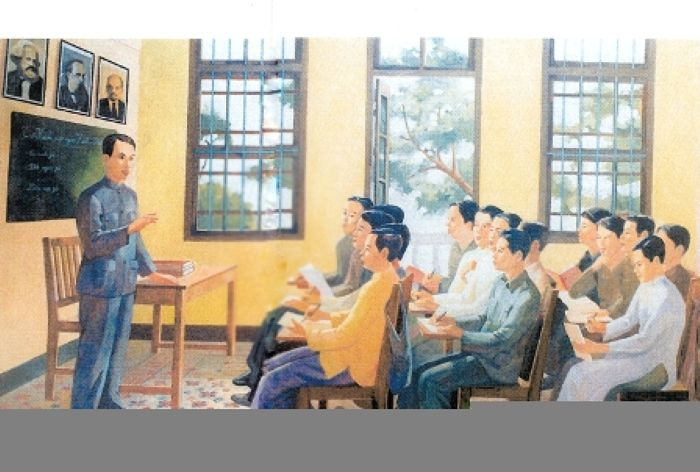 |
Painting “Nguyen Ai Quoc giving a lecture at a training class for Vietnamese revolutionary cadres in Guangzhou, China”. Photo archive |
August 1929, established.
In September 1929, enlightened Communist figures in the Tan Viet Party stood up to establish it.
Thus, the birth of three communist organizations was an objective trend of the national liberation movement in Vietnam following the path of proletarian revolution. However, those organizations all operated separately, competing for influence with each other, causing the revolutionary movement in the country to be at risk of major division. At that time, Nguyen Ai Quoc heard that the group had split into two groups, each group organized into a separate communist party organization. He immediately left Siam for China to unify the communist organizations.
NGUYEN VAN BIEU, Institute of History, Vietnam Academy of Social Sciences




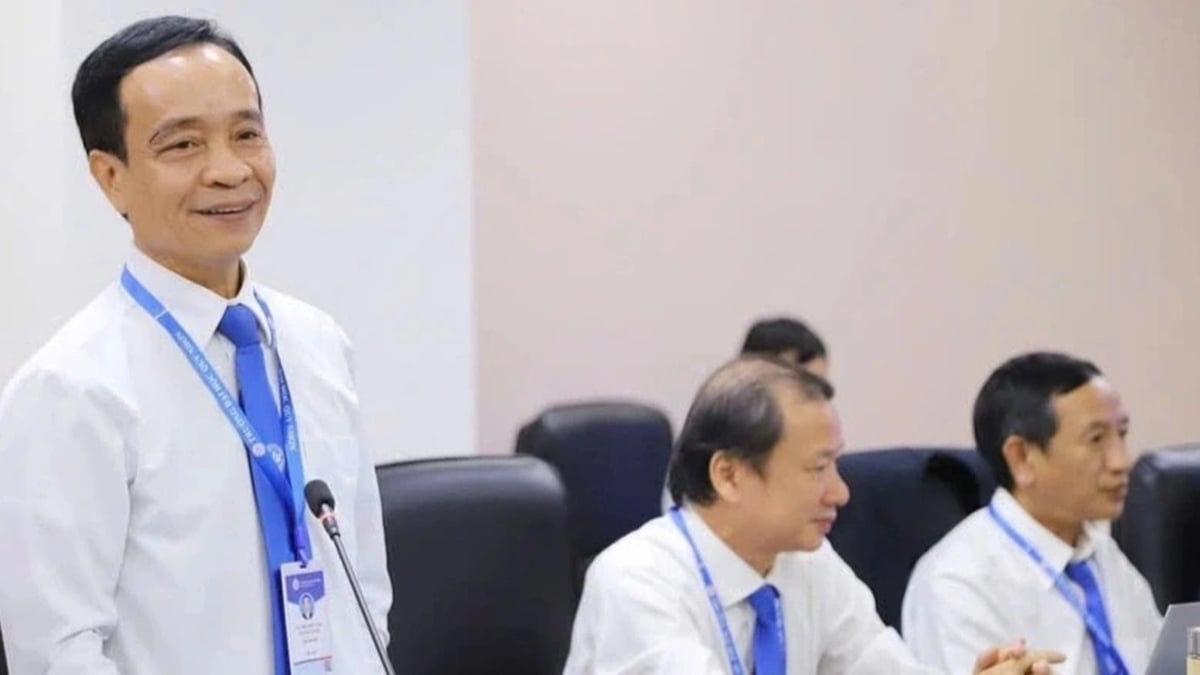



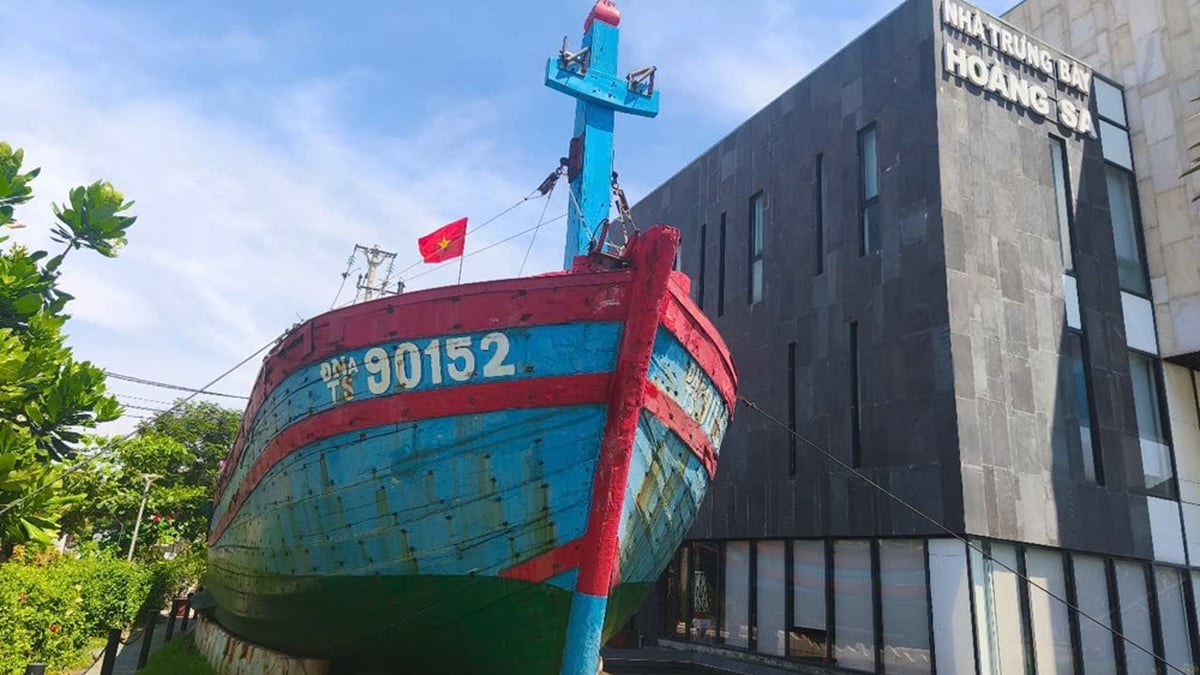


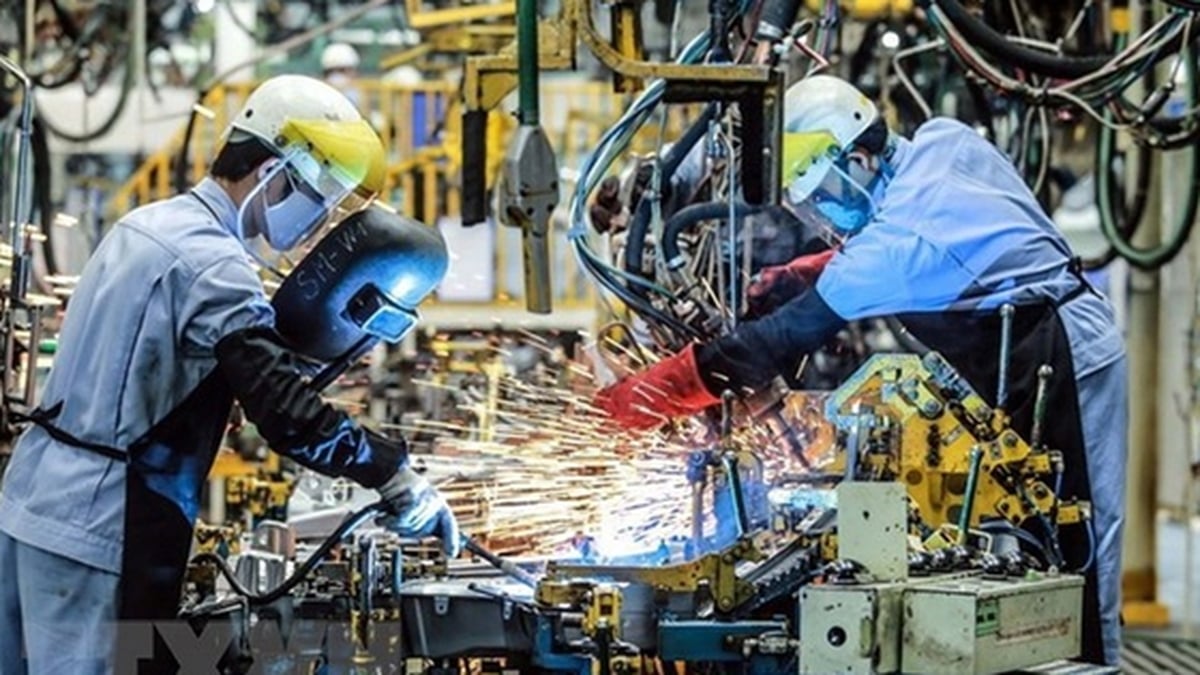







































![[Maritime News] More than 80% of global container shipping capacity is in the hands of MSC and major shipping alliances](https://vphoto.vietnam.vn/thumb/402x226/vietnam/resource/IMAGE/2025/7/16/6b4d586c984b4cbf8c5680352b9eaeb0)












































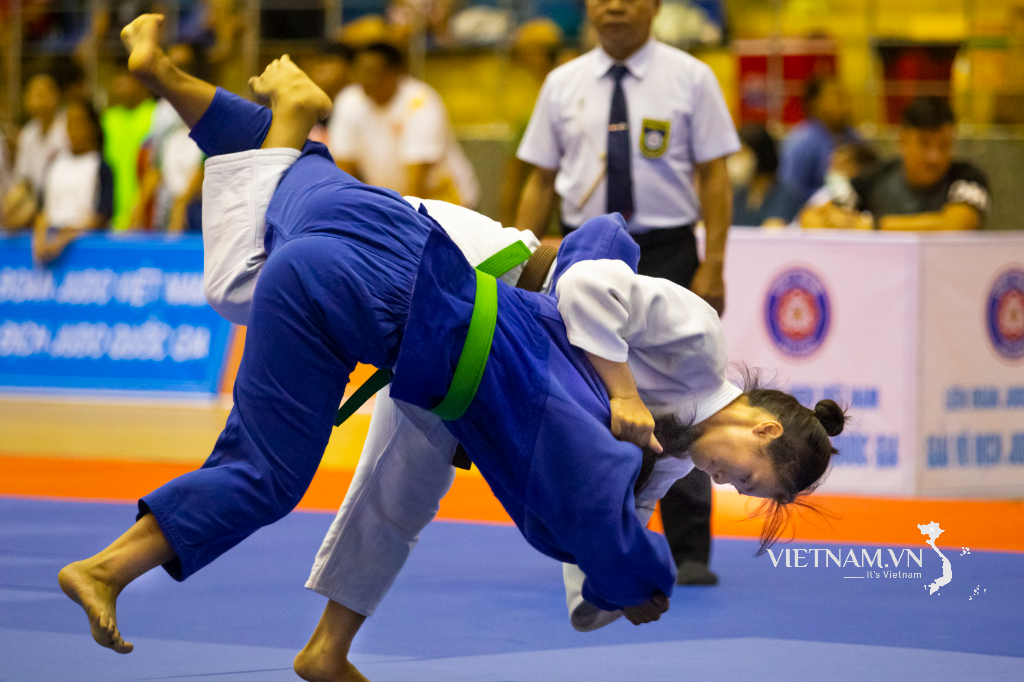
Comment (0)